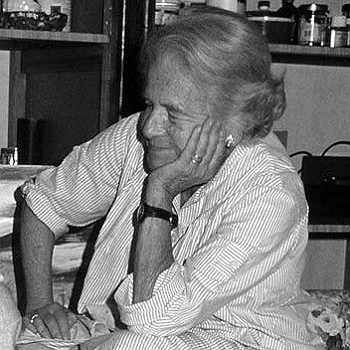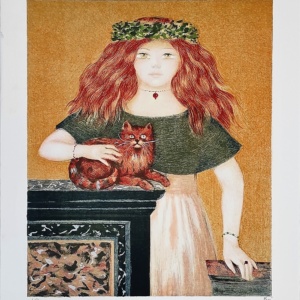Felicita Frai

Felicita Frai, born Felice Frajova, was born in Prague in 1909.
In those years the Czech capital, under the empire of Franz John, was a crossroads of cultures and experienced a period of great artistic upheaval.
ART PRINTS
ARTISTS
Felicita Frai, born Felice Frajova, was born in Prague in 1909. In those years the Czech capital, under the empire of Franz John, was a crossroads of cultures and experienced a period of great artistic upheaval. In 1930 she interrupted her university studies in her hometown driven by a strong desire to study painting and decided to move to Italy. She lived in Trieste for six years and then moved to Ferrara, where she became a pupil of master Achille Funi with whom she would also enter into a romantic relationship. From the Ferrara artist she learned the technique of fresco painting, and with him she collaborated on the decoration of the Sala dell’Arengo in the Municipal Palace of Ferrara. In 1937 they were together in Tripoli, Libya, to fresco the Church of San Francesco Nuovo.
She made her first international debut in 1938 when she participated in the Venice Art Biennale, an event in which she would participate again ten years later.
In the early 1940s she settled in Milan where, at first, she struggled to assert her artistic talent. During the war years she joined the circle of the greatest Italian artists and met, among others, Carlo Carrà, Giorgio Morandi and Giorgio De Chirico. She participated in several editions of the Milan Triennale in the decade between 1945 and 1955.
The protagonist of her works is the female figure: her girls, her women, clothed, nude or semi-nude, made with different techniques, take shape in infinite variations.
Toward the end of the 1940s the artist devoted herself, for a brief period, to illustrating books, including Lewis Carroll’s Through the Looking Glass (1947) and Antonio Gramsci’s L’Albero del Riccio (1948). In 1970 her hometown dedicated a retrospective exhibition to her. In 2001 the city of Milan awarded her the Ambrogino d’Oro.
Also in Milan, she died in 2010 at the age of 100.



